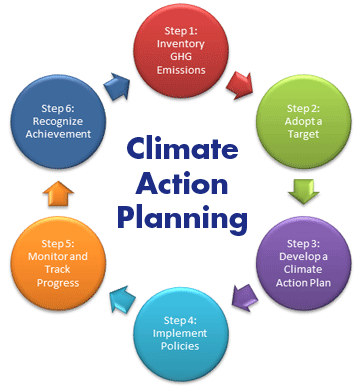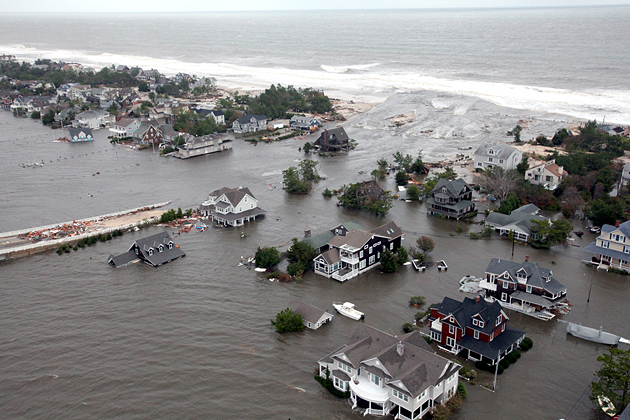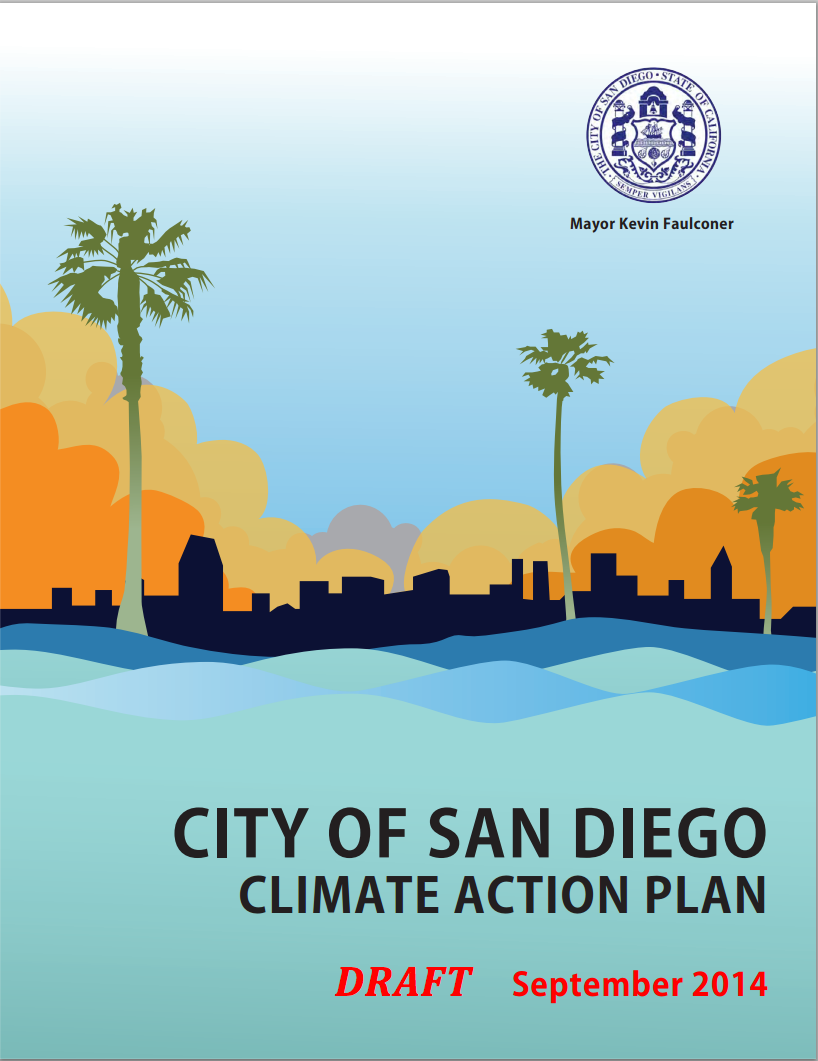As scientists continue to uncover overwhelming evidence of climate change, governments around the world are grappling with how best to respond. At the local level in the United States, a growing number of cities are embracing a new model – Climate Action Plans.
While these plans differ from city to city, all share the broad goal of attempting to plan for – and mitigate against –the consequences of a changing climate. As with most public planning, the most effective Climate Action Plans make use of extensive community outreach so all stakeholders feel ownership in the process.
“They’re basically roadmaps for how public and private agencies can reduce their carbon footprint,” said Nicole Capretz, executive director of the non-profit Climate Action Campaign and one of the people who helped draft the latest version of San Diego’s plan.
The plans typically include a host of timetables for cities to accomplish goals such as making government buildings more energy-efficient, reducing water use and increasing the use of renewable energy sources.
As Capretz noted, San Diego’s plan was drafted after dozens of meetings with homeowners, businesses, environmental advocates, government agencies and other stakeholders. An advisory committee called the Economic and Environmental Sustainability Task Force helped facilitate this outreach.
In some cases, real-world events have prompted cities to take action. In Boston, Mayor Martin J. Walsh cited the devastating impacts of Hurricane Sandy in 2012 as one of the reasons the city needed to develop a series of long-term environmental strategies. In Boston’s case, those strategies include developing plans to cope with rising sea levels.
In the Southwest, the fear of cataclysmic water shortages has prompted a number of municipalities to set broad goals for mitigating environmental impacts. In Colorado, for instance, the city of Boulder’s Climate Action Plan calls for the city to reduce by 80 percent its level of greenhouse-gas emissions by 2050.
San Diego’s Climate Action Plan – which hasn’t yet been approved by the City Council – is particularly aggressive, essentially mandating that the city hit certain benchmarks by 2020 and 2035, including benchmarks for reducing greenhouse-gas emissions and increasing the number of people who bike to work.
Among other things, the plan would require homeowners to disclose their energy and water usage to potential buyers, according to KPBS.
These plans aren’t without controversy, of course. There are concerns about a city exposing itself to litigation if it fails to meet the goals set forth in a Climate Action Plan. There are worries about placing financial burdens on businesses and homeowners who must comply with the various new regulations.

Steps in creating a Climate Action Plan – Credit: Cool California
Still, cities such as San Diego clearly recognize the importance of creating these plans, both as a means of helping reduce a city’s carbon footprint and also as a means to prepare for rising sea levels, warmer temperatures and more extreme weather.
“It’s going to change the way the city handles land use, transportation, energy,” Capretz said. “We’re definitely breaking new ground, setting new precedent.”
As San Diego’s draft plan goes through the environmental review process, Capretz’s organization plans to conduct outreach with dozens of local town councils, business improvement districts and other community groups. (To visit the website for Capretz’s organization, the Climate Action Campaign, click here.)
Below are links to a few cities’ Climate Action Plans. Many of these links include information about how the public can provide input.




Recent Comments